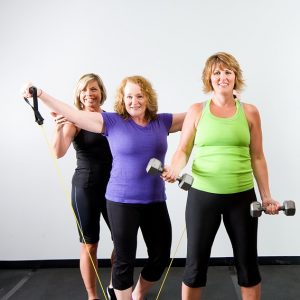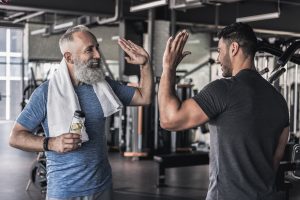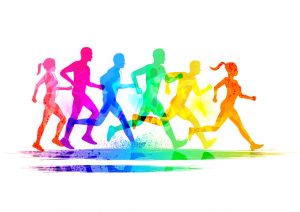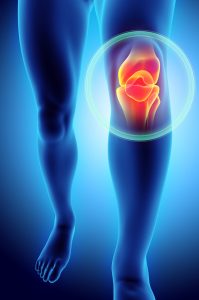Time and time again, the benefits of Physical Activity (PA) have been shown to have many positive effects on our health including: improved balance, improved cardiovascular health, muscular strength, and improved overall quality of life (learn even more here!). Much research has been done into the benefits of PA, but not much can be proven in the way of recovering from bouts of exercise, and here’s why…

The recommended exercise prescription for adults is 150-300 minutes of moderate intensity aerobic activity per week and at least two resistance training sessions per week. These are set to have the most positive effect on human health based on recent research (Ostojic, 2016). The way that a person recovers from these types of activities varies and is all subjective. Factors such as current fitness level, age, rest levels, diet, and hydration all play a role into how someone recovers from exercise. If a trained person lifts weights three times a week regularly, they will need less time to recover than someone who does not exercise routinely and then starts a similar program.
We can scale recovery the same way we scale exercise, by using the F.I.T.T. principle:
F: Frequency– Bouts of exercise that happen more often (i.e. 1 day/ week v. 3 days/ week) will require more scheduled rest in between
I: Intensity– More Intense bouts of exercise (i.e. higher perceived exertion, greater percentage of maximal heart rate) require larger rest periods than less intense bouts of exercise
T: Time– A longer session of exercise (long runs, big lifting sessions) need longer time before the next bout of exercise to ensure a full recovery
T: Type– The type of recovery you do and type of exercise you do can greatly vary recovery times. Someone who balances nutrition and rest will recover faster. If someone has not rode a bike in a year, they may feel more sore afterwards than someone who cycles regularly.
The key takeaway is that recovery is subjective; two people of the same fitness levels doing the same workout may experience different levels of soreness and fatigue during the post-exercise recovery period. The most important thing that someone can do is listen to their body and scale their workouts and recoveries accordingly.
By Matthew Rhodes, MS
Sources
Bishop, P.A, Jones E., & Woods A.K. (2008). Recovery from training: a brief review.
Journal of Strength and Conditioning Research., 22(3):1015-1024.
Ostojic SM. Editorial: post-exercise recovery: fundamental and interventional physiology. Front Physiol. 2016;7:3.






